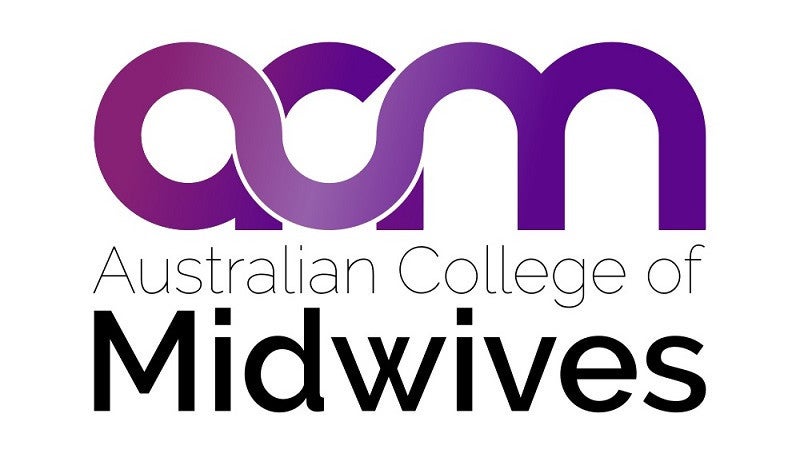Cervical cancer screening
National cervical screening program
Guidelines for the management of screen-detected abnormalities, screening in specific populations and investigation of abnormal vaginal bleeding
National cervical screening program
*Note: If you experience difficulty accessing this guideline please contact us on guidelines@cancer.org.au.
Access the 2022 guideline:
This guideline is current until April 2025. Revised guideline, which will come into effect in April 2025, was published in January 2025.
Related resources:
2-page Quick Reference Guide for providers
Summary guide for healthcare providers
Understanding the National Cervical Screening Program management pathway
Self-collection FAQs for providers
Pathology Test Guide for Cervical and Vaginal Testing



